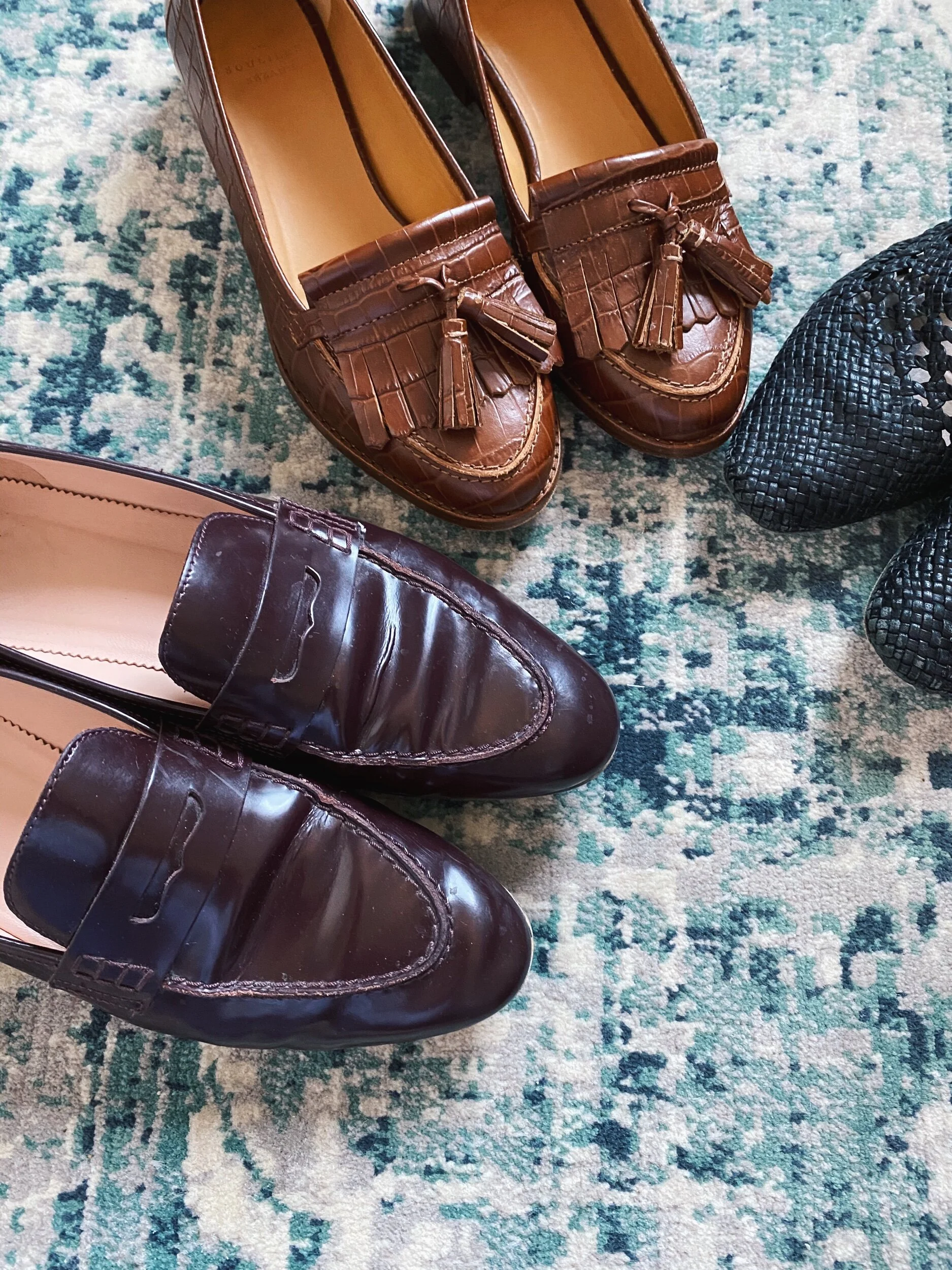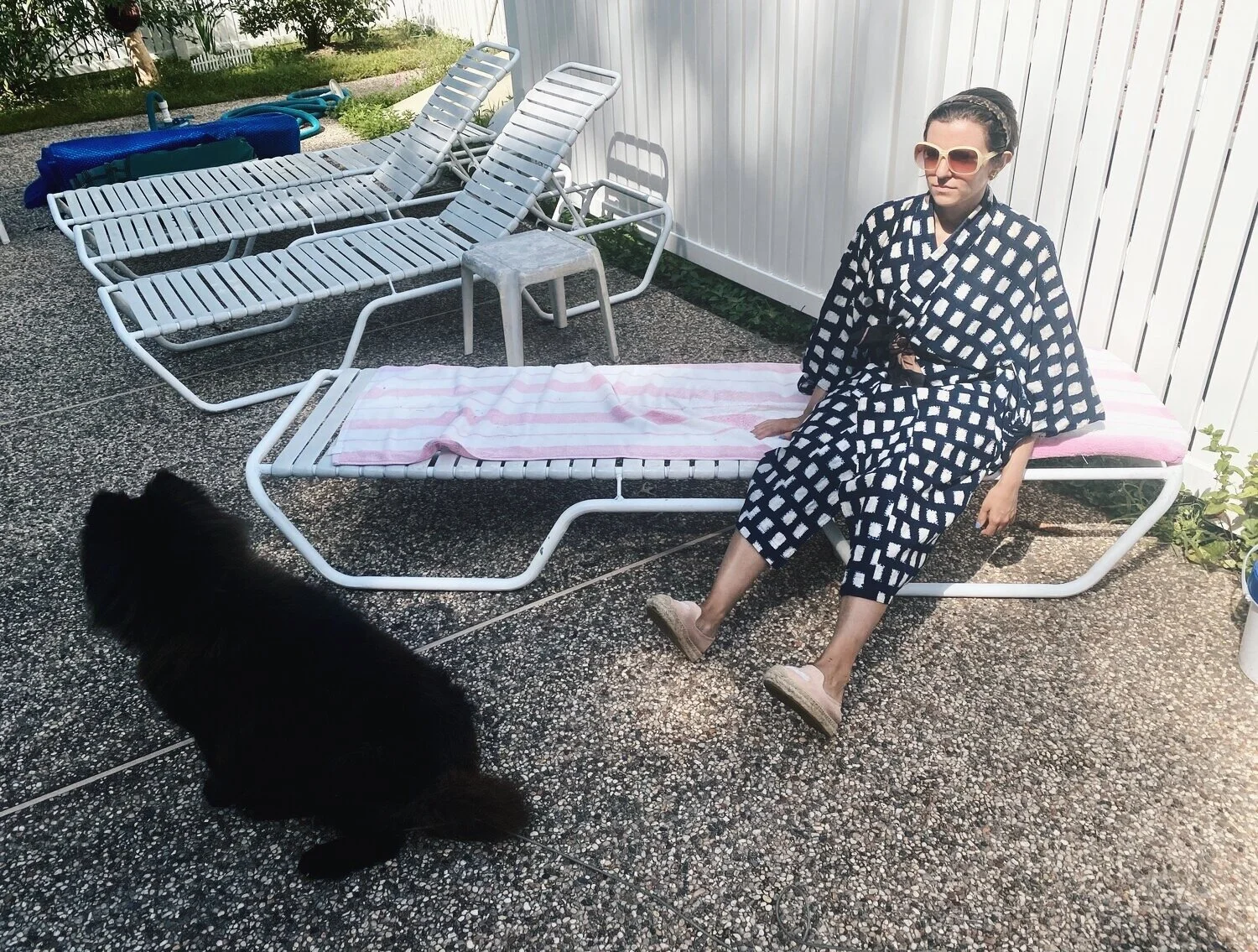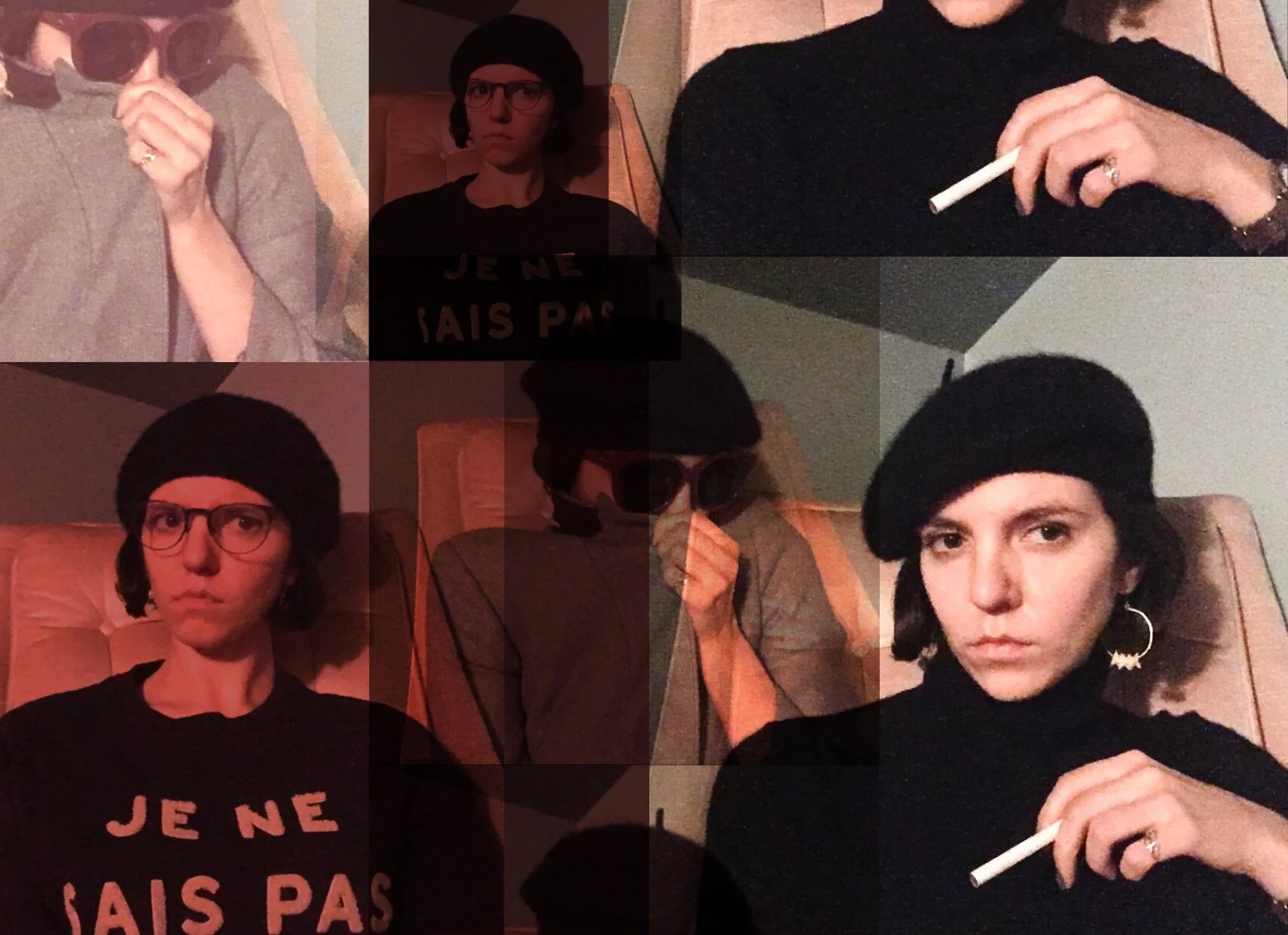Meditation on the Beret
Photos courtesy of Zoë G. Burnett. Collage by Raquel Reyes.
Ah, oui. [lips perse]
The beret is a statement. Not formal enough to be a chapeau and not casual enough to be a bonnet, it occupies its own realm of headwear, referencing a rich history of peasantry, artistry, and political declaration. Despite its relatively recent association with all things chic, a beret can turn caricaturish dans un moment. Most women (and men) of taste have their own, personal relationship with the accessory, and often their own justification of wearing it.
It will not, however, help you pick up a date on the Eiffel Tower.
My own experience began in 1998. My father returned from Paris on business, and what better souvenir for his dramatic six-year-old who insisted on wearing black in kindergarten than a traditional wool beret? If he didn’t know what he had on his hands then, he did once I thanked him for the gift and spent the next half hour posing in the mirror to get the angle just right. Couldn’t tell you what my point of reference was at age six. Having learned some French from my mother at that point, I can only imagine the patois I spouted sounding something like Jack Donaghy explaining The Bubble.
Since then, I’ve studied, worked, and paid taxes both in the Métropole and the Alpes. Whether or not that beret is the root of my decision to pursue the French language is debatable, and I don’t consider myself a Francophile. Like most things French, my relationship with the country and its culture is complicated. Despite my graphic sweatshirts with jaunty phrases and the half-written academic article on Jean-Baptiste Greuze that’s slowly blackening on my back burner, it’s not something I just throw out there. “Well, when I lived in Paris…” I know how it sounds. As a rule, I never correct a non-French speaker on their pronunciation, and make sure to tamp mine down if a French word appears in English conversation. The exception, of course, is “macaroon” as a substitute for “macaron.”*
Too self-conscious to have worn my beret on the Continent, it took a decent amount of nostalgia to don it again once having returned Stateside. For such a simple hat, just wearing it seems an act of defiance. Against what? Who knows. The color and shape lend themselves to a multitude of affectations, all of which fall under the same well used, cigarette smoke-scented umbrella.
Reclusive Movie Star
Resistance Fighter
Beatnik
Fortune Teller
Study Abroad Student
For all its separate connotations, the beret is an effortless, versatile hat that brings its wearer out of contemporary life. Creating its own sense of place and time, it doesn’t depend on the clothes you’re already wearing. Rather, it adds a subversive jauntiness to your outfit. Crêpe-shaped though it may be, onlookers can only wonder at the deep thoughts spreading inside like maman’s homemade confiture. The key is to wear the void, and not let the void wear you. Venturing out beyond black is a good place to start.
*What do you call the little coconut things then, hein? C’est pas possible.
Zoë G. Burnett is a writer, menswear stylist, and film enthusiast based in Boston, Massachusetts. A born and raised New England Yankee, she feels equally at home in the 7th arrondissement. She is currently editing her first novel. You can read her personal blog here.















In our latest look at The Attic’s personal wardrobes, we visit the favorite cold weather prints, patterns, and cozy textiles that break us free of the hum drum dark days of the season.